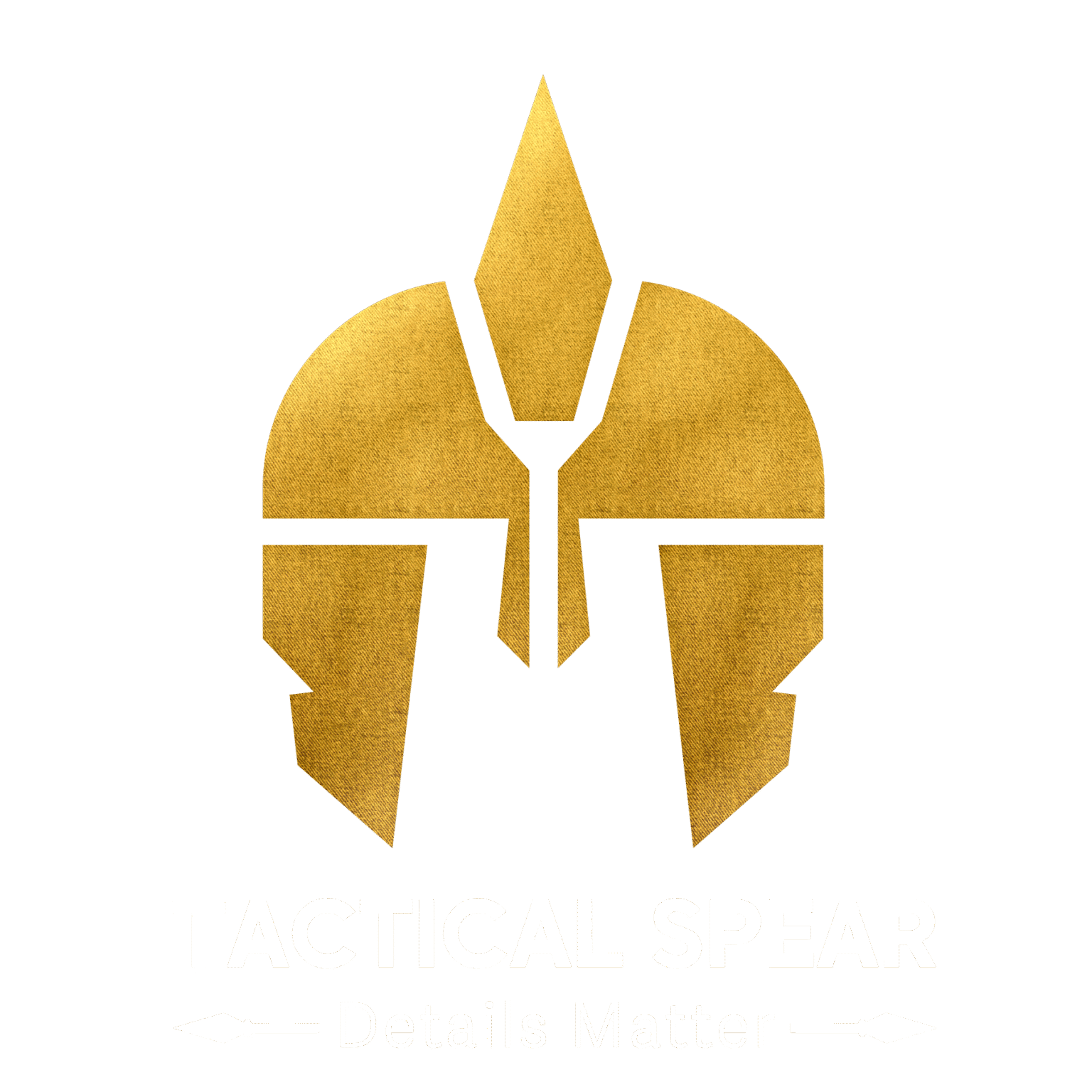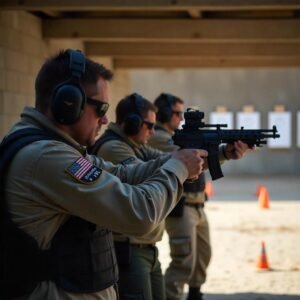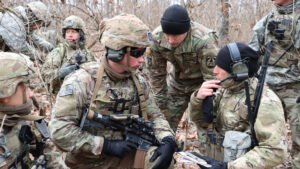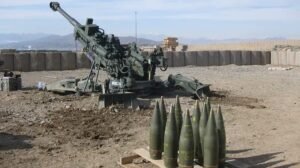Discover Colonel John Boyd’s OODA Loop theory and how mastering the cycle of Observe, Orient, Decide, and Act gives you the tactical edge to dominate any combat or operational environment. Speed in this decision-making loop equals survival and victory.
In any fight or tactical engagement, raw power alone doesn’t determine the outcome—speed of decision-making is the game changer. Colonel John Boyd developed the OODA Loop concept to explain how combatants observe their environment, assess information, decide on the best course, and act. Whoever completes this cycle faster controls the fight.
The Four Stages of the OODA Loop
- Observe: Gather facts and information without analysis—watch the environment, body language, and detect anything abnormal.
- Orient: Analyze the data based on your experience, training, and cultural background.
Establish a baseline for what’s normal and identify deviations.
- Decide: Choose the best option from a set of prepared alternatives tailored to the mission.
- Act: Execute the decision, then immediately resume observation to reassess the situation.
The Importance of Establishing a Baseline
When entering a new area, identifying normal behavior patterns and environmental cues is
critical. A positive baseline helps you quickly spot individuals or actions that stand out—potential threats before they escalate.
How the OODA Loop Affects Reaction Speed
Speed in cycling through the OODA Loop determines who initiates action and who merely reacts. Faster decision-makers seize the initiative, while slower opponents are forced into a defensive posture.
Real-World Challenges in the Field
Stress and threat activate the nervous system, reducing fine motor skills and focus.
Training environments can’t fully replicate the pressure of real combat, but understanding the loop helps shorten decision times under stress.
Practical Applications: From the Movie Theater to the Battlefield
Whether selecting a seat in a crowded cinema or entering a high-risk operational zone, you unconsciously run OODA Loops to make rapid, effective decisions. Enemies do the same—mastering this cycle provides a critical tactical advantage.
Taking Control of the OODA Loop
By recognizing and interrupting your adversary’s OODA process, you force them to re-assess, hesitate, and lose their initiative—shifting control of the engagement to you.







